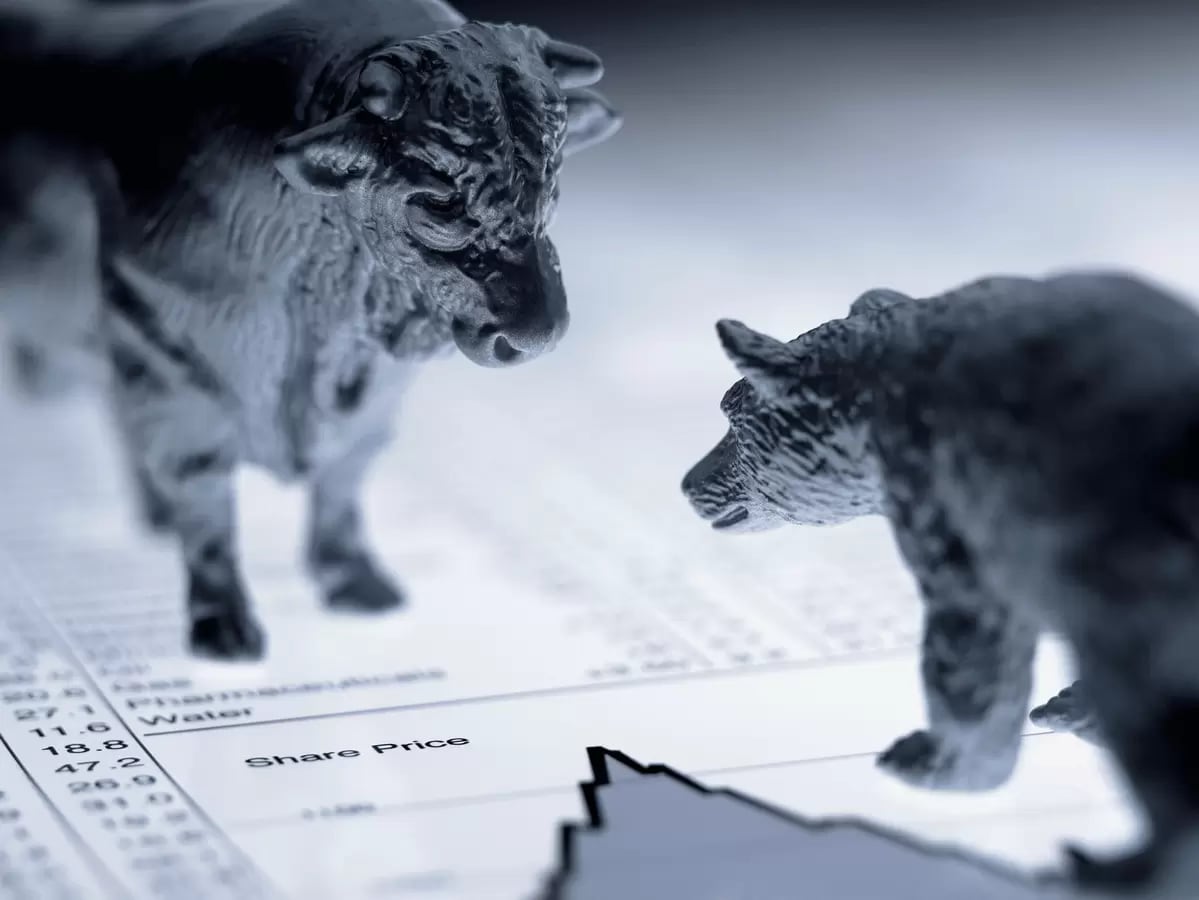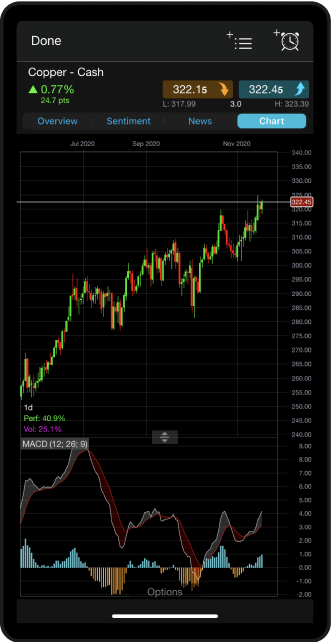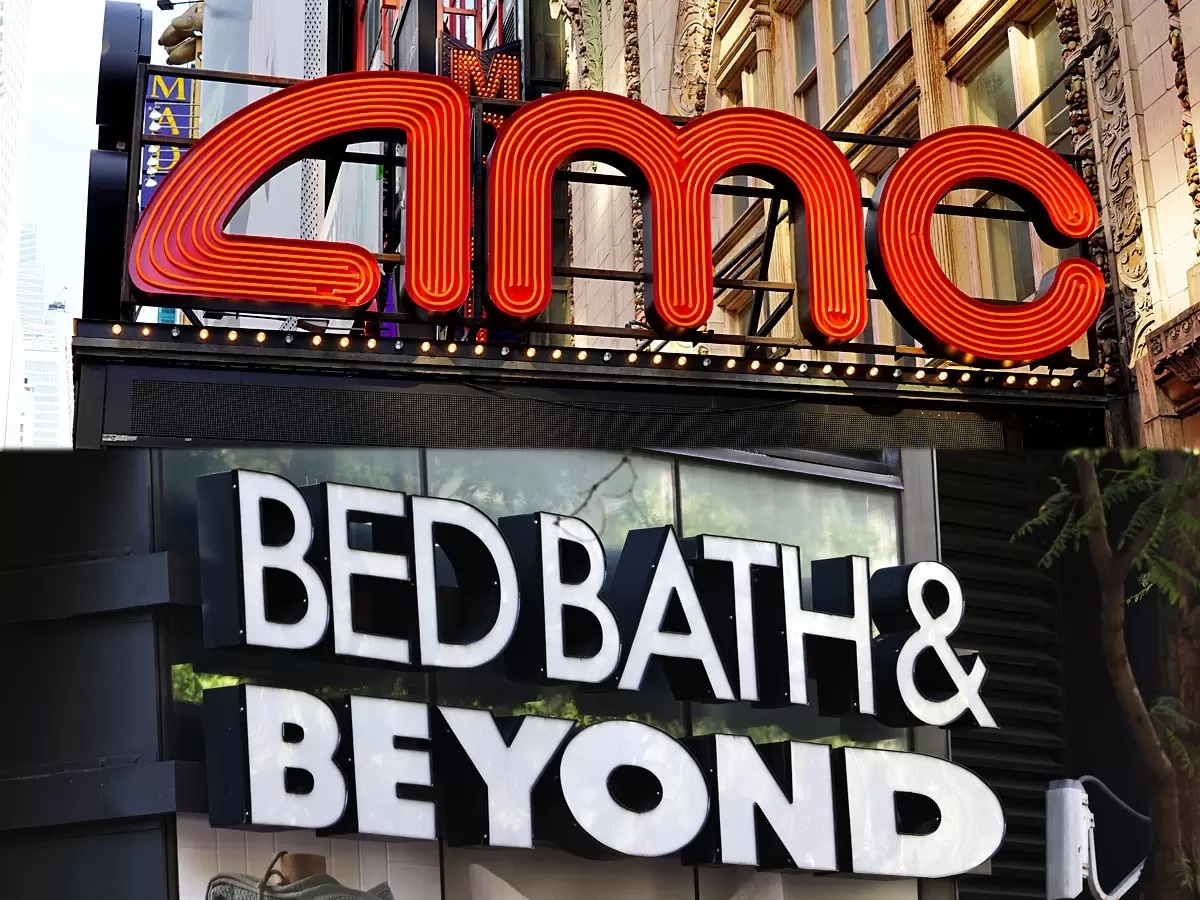A complete guide to short squeezes in trading
Published on: 13/06/2022 | Modified on: 29/07/2022
In trading terms, a short squeeze can be dramatic, unpredictable, and make or cost you a great deal of money. But what exactly is it and how does it occur? In this article, we’ll explain the meaning of a short squeeze, what causes it and why it has such a significant impact on the financial markets. We’ll also show you short squeeze examples from history, explaining why they happened — and importantly, how you can potentially predict when the next short squeeze is coming.
KEY POINTS
- A short squeeze can make traders win — or lose — a lot of money very quickly
- They occur when a stock rises unexpectedly and short sellers rush to exit their positions, selling the stock
- The stampede often increases a stock price by hundreds of percentage points in one day to record levels
- It’s possible to predict an upcoming short squeeze and take advantage
- Notable short squeezes from the past include GameStop, AMC Entertainment and Volkswagen





















